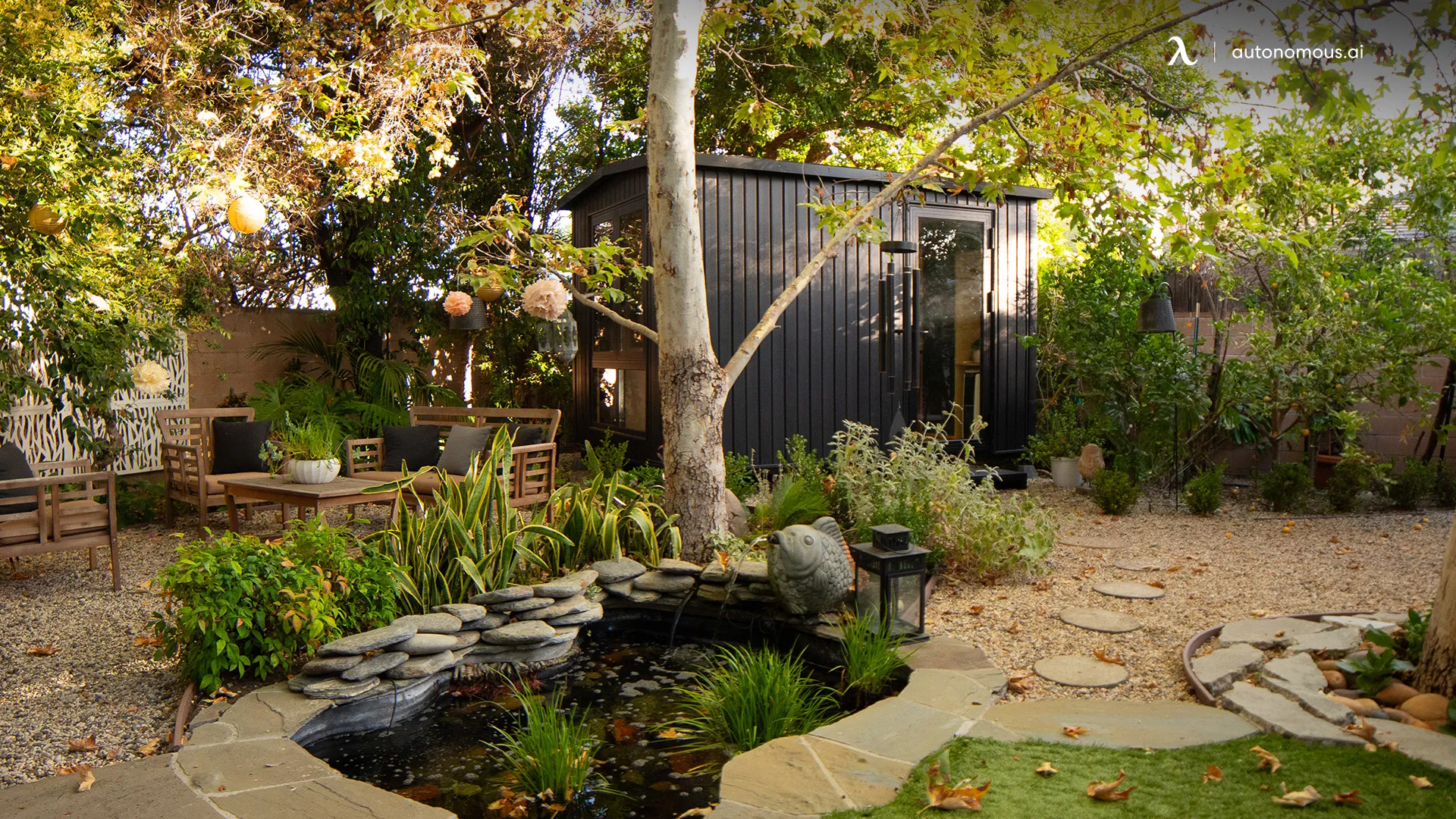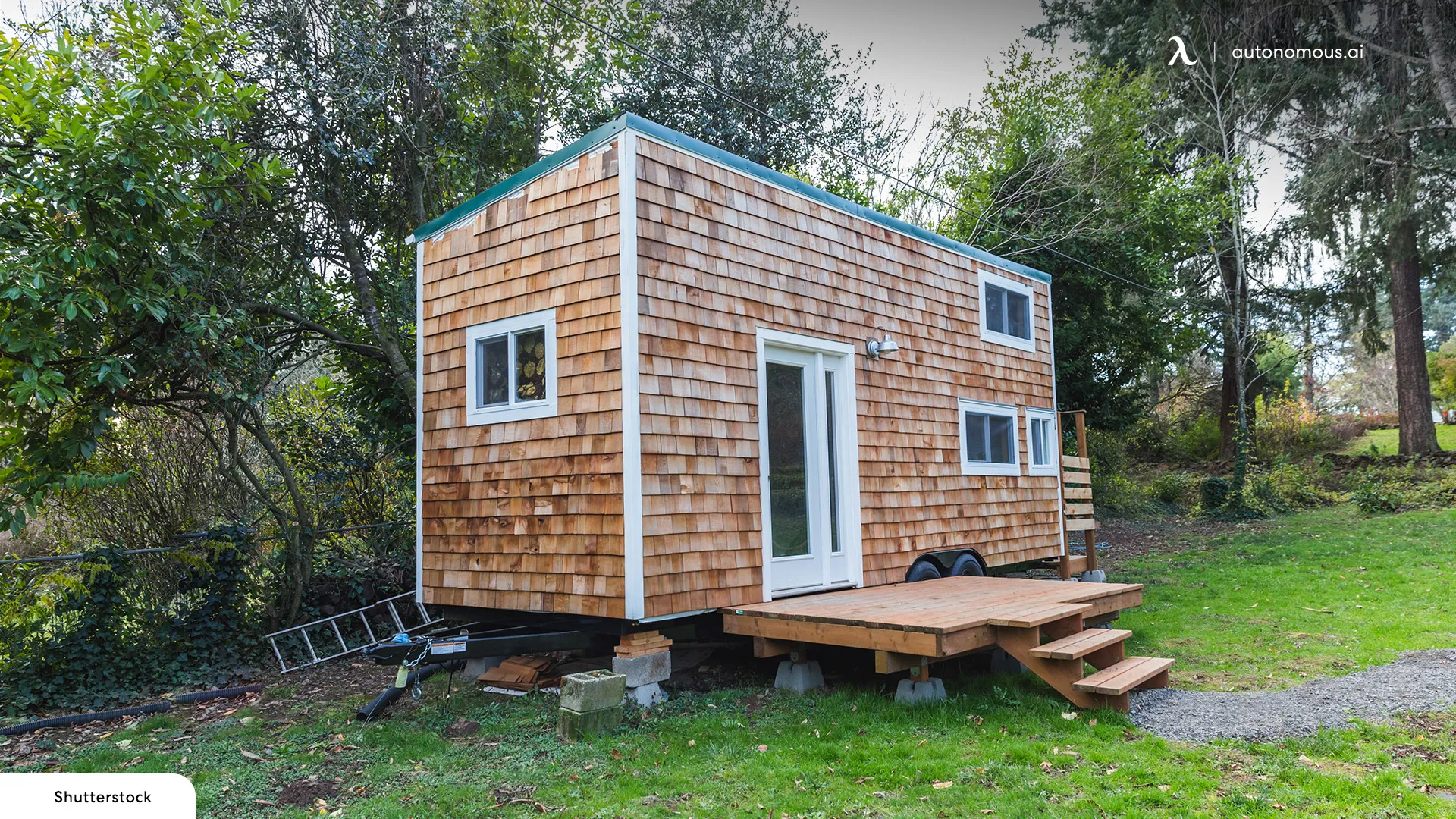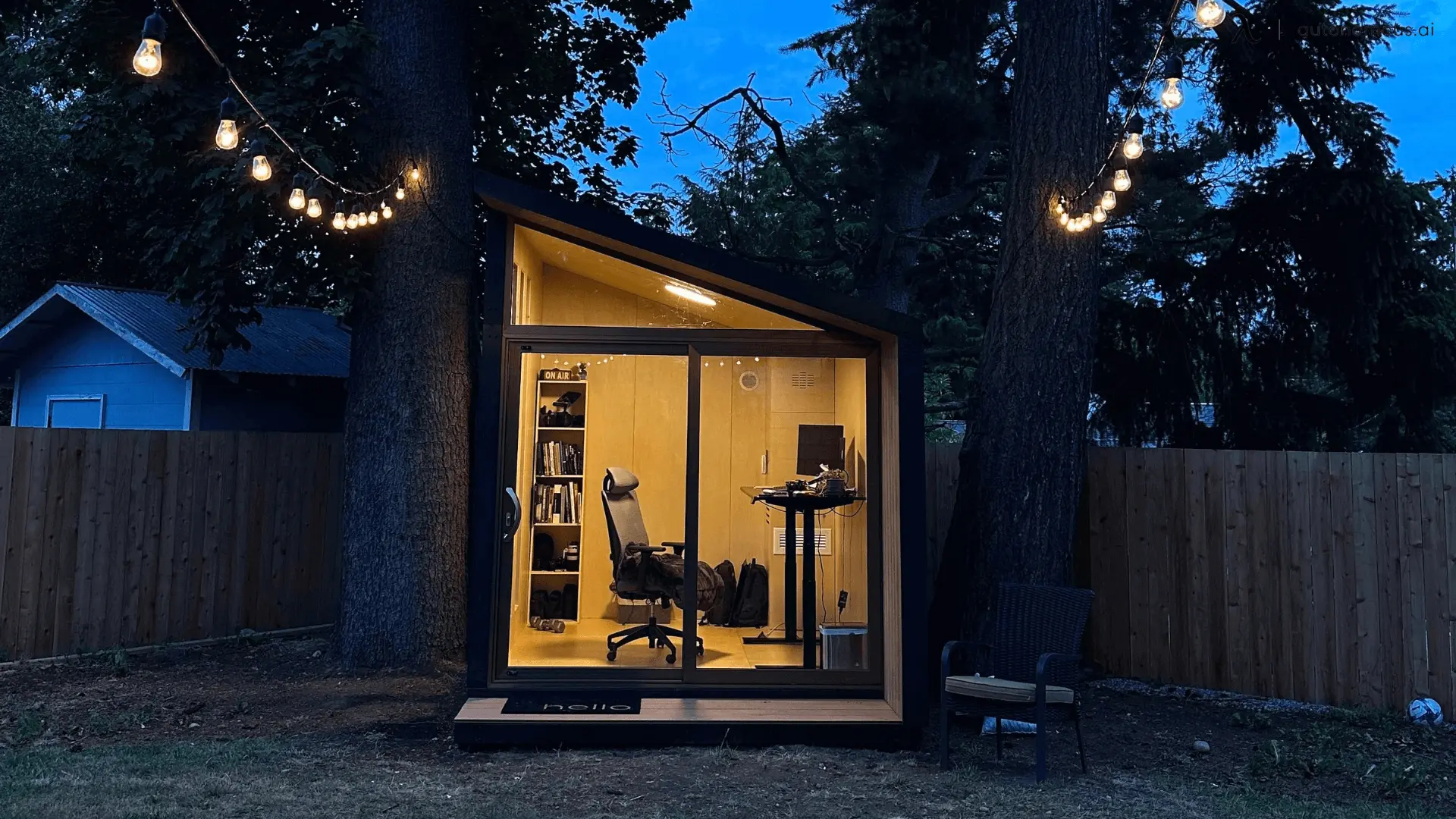
How ADUs Are Transforming California’s Housing Market
Table of Contents
Californians have a hard time finding affordable homes due to the state's historically high home prices and low supply, but a new approach is spreading like wildfire across the state: ADUs, or accessory dwelling units. Californians looking for inexpensive housing alternatives have a glimmer of hope in these tiny accessory houses constructed on existing residential estates. So, let’s take a closer look at the restrictions surrounding affordable ADU housing in California and how they affect the housing market.
ADU Meaning: What is an ADU in California?
Accessory dwelling units (ADUs) provide an innovative and advantageous housing option in California. You can construct these prefabricated homes on the same lot as your main house; they are essentially supplementary dwellings. Detached or attached, the design of an ADU determines its relationship to the main house. Granny flats, in-law units, and backyard dwellings are a few typical names for ADU housing in California.
Anyone seeking to enhance their living space or increase their income may find an Accessory Dwelling Unit (ADU) in California to be an appealing alternative. ADUs can raise property value and give homeowners extra money. To determine if an ADU is suitable for your property, it is important to familiarize yourself with the specific ADU housing requirements in California.

ADU Housing Requirements in California
The state of California has established uniform regulations for accessory dwelling units (ADUs). Local governments may enact zoning regulations and ordinances to control ADUs. Prior to beginning plans for a new building, it is crucial to familiarize yourself with your municipality's specific ADU housing requirements.
1. Lot Size
The state and local governments do not mandate a minimum lot size for accessory dwelling units (ADUs).
2. Unit Size
Substantially more than 150 square feet is required for any kind of ADU housing in California. Unless otherwise specified in a local regulation, the maximum California ADU size limit for a detached accessory dwelling unit is 1,200 square feet.
The maximum allowable size for an attached ADU is 1200 square feet (or half of the main house’s living space, whichever is smaller. Once again, the law in your area will determine this.

3. Amenities
An ADU must have amenities such as a place to live, sleep, and cook, a permanent range with an oven and stove top, and a toilet with a sink and shower. You also need to know how to run electricity to a shed or ADU, as it needs a local electrical inspector permit.
For JADUs, all other provisions are the same, except that they can share a bathroom with the main house.
4. Height Limits
There is no maximum height restriction for ADU housing in California. However, with a minimum requirement of 16 feet for single-story units, local governments have the authority to enact ADU regulations that impose height limitations.
5. Number of Adults Allowed Per Property
An accessory dwelling unit (ADU) may have no more than two detached units and no more than one internal unit, with a combined maximum of 25% of the total units in a proposed or existing multifamily structure.
In order to construct an indoor ADU, homeowners are required to have either an existing unlivable space or the ability to convert an existing unlivable area.
According to California's ADU housing requirements, a single-family home can have one JADU per lot. No homeowner may construct a JADU if their property has more than one detached single-family home.

6. Property setbacks
If local governments do not limit the construction of new ADUs, they can impose setbacks. Unless you’re in a coastal zone, where you might have to meet extra restrictions, the maximum setback from the front and back of your property is four feet.
7. Parking
Municipal governments have the power to establish parking rules. Each bedroom or accessory unit must have its own parking space, whichever is smaller.
There are a number of situations in which local governments are unable to pass parking space mandates:
- The ADU housing in California is conveniently located near public transportation, either within half a mile on foot or one block away from a car-share vehicle.
- The area where the ADU is located has historical or architectural significance.
- The ADU is part of a main house or another structure.
- There aren't the same parking ADU housing requirements for garage conversion ADUs and JADUs; thus, municipalities can still make you supply parking.

ADU Housing in Los Angeles
In response to the housing shortage, ADUs have become popular in Los Angeles and other regions of California. With a few minor adjustments, ADU housing in Los Angeles adheres to ADU requirements in California mentioned above. Thanks to its accommodating laws and programs, the city has come a long way in easing the way for ADU housing in Los Angeles.
Streamlined Approval Process: In an effort to speed up the approval process, the city of Los Angeles has simplified the steps required to apply for an ADU. To aid homeowners in understanding and complying with various regulations, this provides a central location for all necessary permits and detailed instructions.
Pre-Approved Designs: Los Angeles provides a variety of pre-approved ADU designs to streamline the building process. While cutting down on the time and money needed for custom designs, these plans nevertheless meet all zoning and building code standards.
Incentives and Support Programs: The city offers monetary incentives and assistance initiatives to promote the building of prefab homes in Los Angeles. Homeowners in high-demand locations can take advantage of programs like the Accessory Dwelling Unit Accelerator Program, which provides grants and other forms of financial and technical assistance to those who wish to construct accessory dwelling units.

How ADUs Are Transforming California’s Housing Market
In California, accessory dwelling units have become a game-changer in the market. These ADU housings California are changing people's perspectives on housing since they provide more affordable options, encourage sustainability, and solve the housing crisis.
Additionally, the state is providing financial incentives and supportive regulatory reforms to encourage more prefab ADU construction. Californians have reason to hope for a better future where housing is available to all because of the increasing demand for these units, which makes the dream of inexpensive and accessible housing more realistic.

Our Final Thoughts
The prospect of ADU housing in California should be approached with self-assurance, expertise, and clarity as you investigate your options. If you follow these rules and regulations, you'll be able to build an ADU that meets your needs and makes a positive impact on the community.
Stay connected with us!
Subscribe to our weekly updates to stay in the loop about our latest innovations and community news!
Interested in a Link Placement?
Spread the word
.svg)
.svg)








/https://storage.googleapis.com/s3-autonomous-upgrade-3/production/ecm/230914/bulk-order-sep-2023-720x1200-CTA-min.jpg)

/https://storage.googleapis.com/s3-autonomous-upgrade-3/production/ecm/230824/image_78sctd8d_1692158325567_raw-80639991-bedf-4e11-a77c-1c8e0a351b40.jpg)